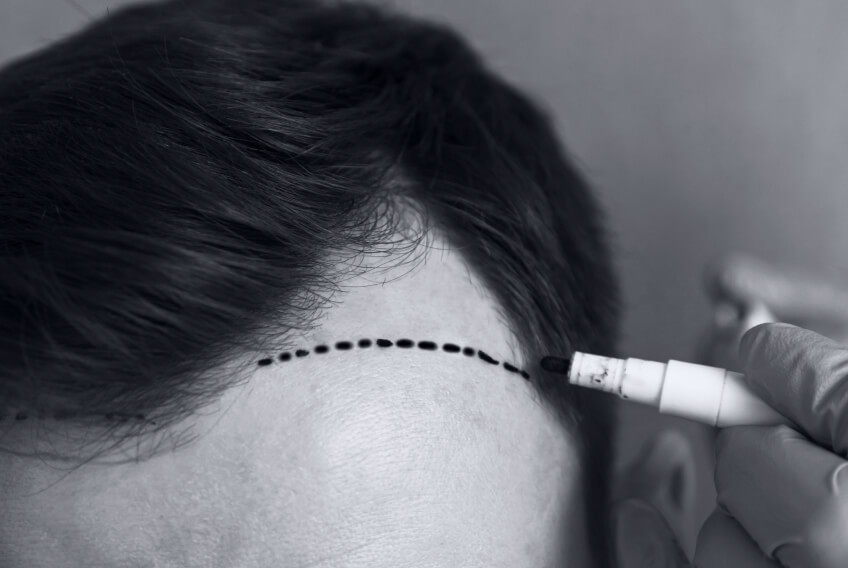
Permanent
hair removal
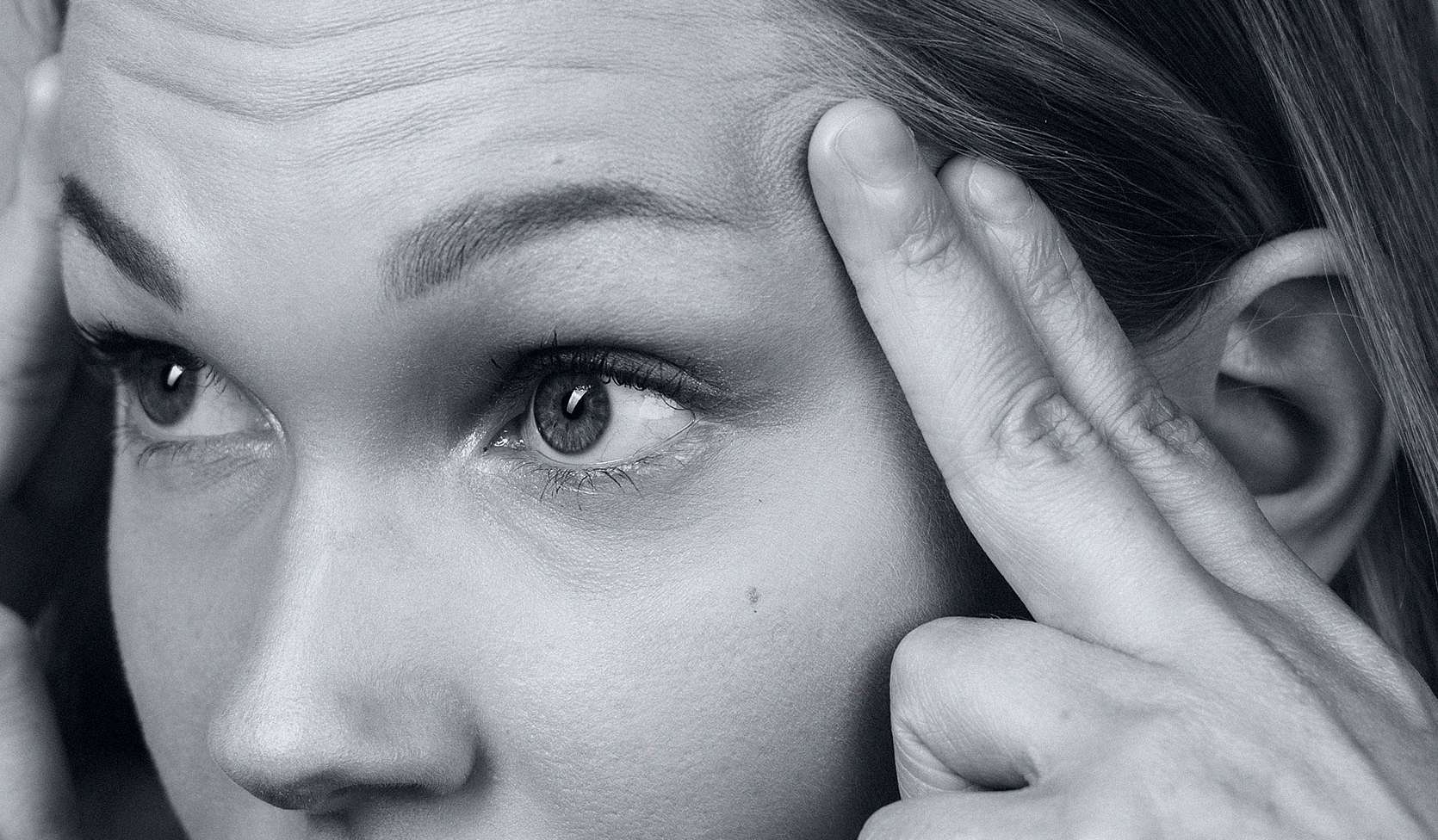

Intensive electrolysis program
Table of contents:
Introduction
Finding an experienced electrologist who can remove facial hair without scarring, pitting or discoloration of the skin is critical. This is especially true for trans women because the hairs of a male beard are difficult to remove. Therefore, it is essential to find someone who is experienced in treating this particular type of hair. Preferably it should be someone who has already helped many trans women. Unfortunately, this can be difficult in some cases because there are not many electrologists who specialize in treating trans women.
At Face2Face Clinic, we have developed an intensive program for the removal of facial and body hair. Our program is designed to speed up the process and ensure that our patients achieve the desired results as quickly as possible. We understand how important it is for trans women to feel comfortable and confident in their own bodies. During the lunch break, we provide a meal and provide hot and cold beverages to ensure your comfort and well-being.
Our team of electrologists has extensive experience treating facial and body hair, and we are familiar with the specific needs of trans women. We use the latest technology and techniques to ensure that our treatments are as safe and effective as possible. We also offer personalized advice and guidance to ensure that our patients get the best results.
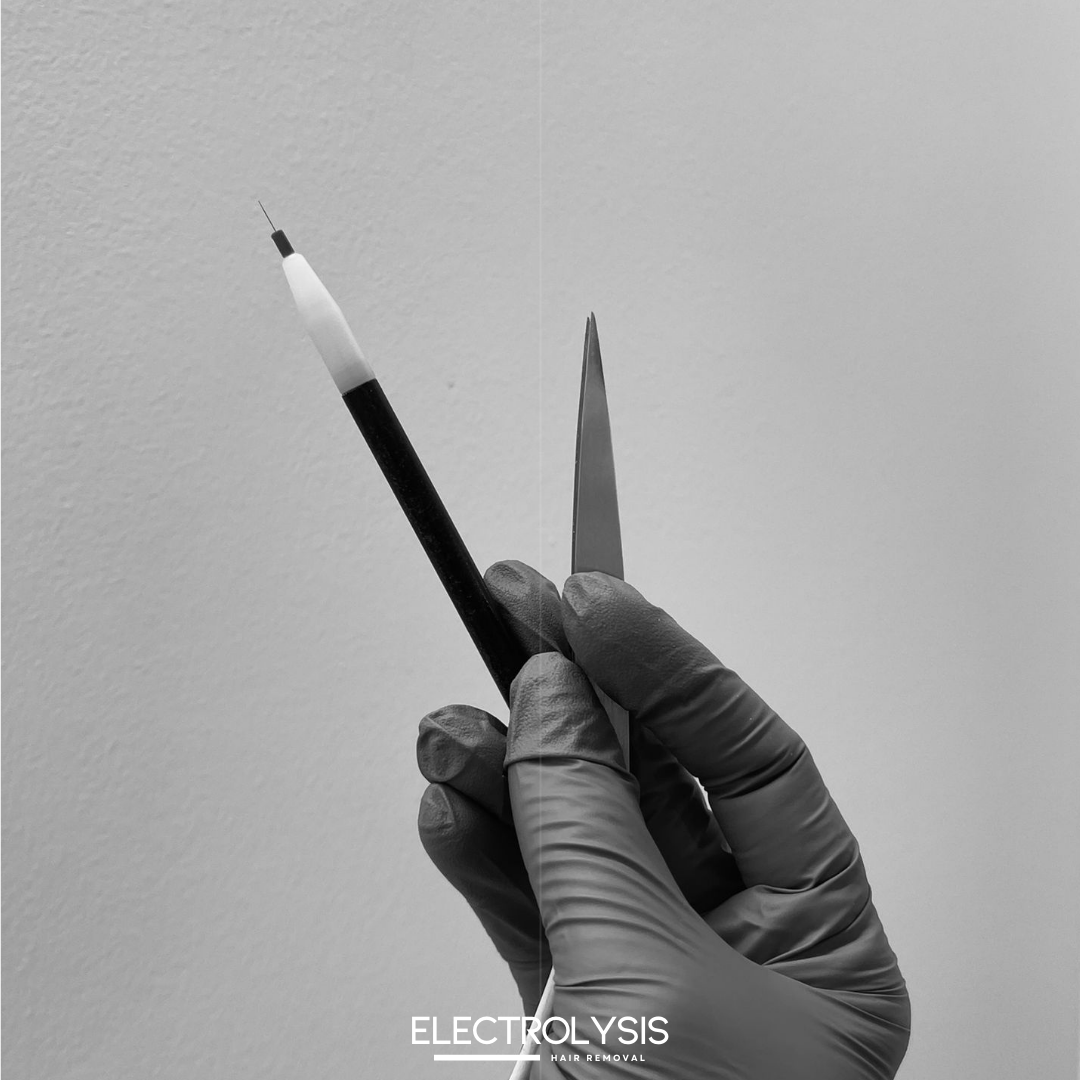
If you are looking for a reliable electrologist to help you with facial and body hair removal, contact Face2Face Clinic. We are here to help you and support you in your journey toward self-acceptance and gender expression.
How many electrolysis treatments do I need?
It is important to understand that our hair goes through a cycle of growth, transition and rest known as the hair growth cycle. This cycle consists of three distinct phases: the anagen, catagen and telogen phases. To explain these phases:
- Anagen phase: This is the phase when the hair is actively growing, and the follicle is fully developed. This phase can range from a few months to several years, depending on the location of the hair and genetic factors.
- Catagen phase: This is the transitional phase when hair growth stops, and the hair follicle begins to shrink. This phase usually lasts several weeks.
- Telogen phase: This is the resting phase where the hair has completely stopped growing and the hair follicle is inactive. After several weeks, the hair will fall out and the cycle begins again with the anagen phase.
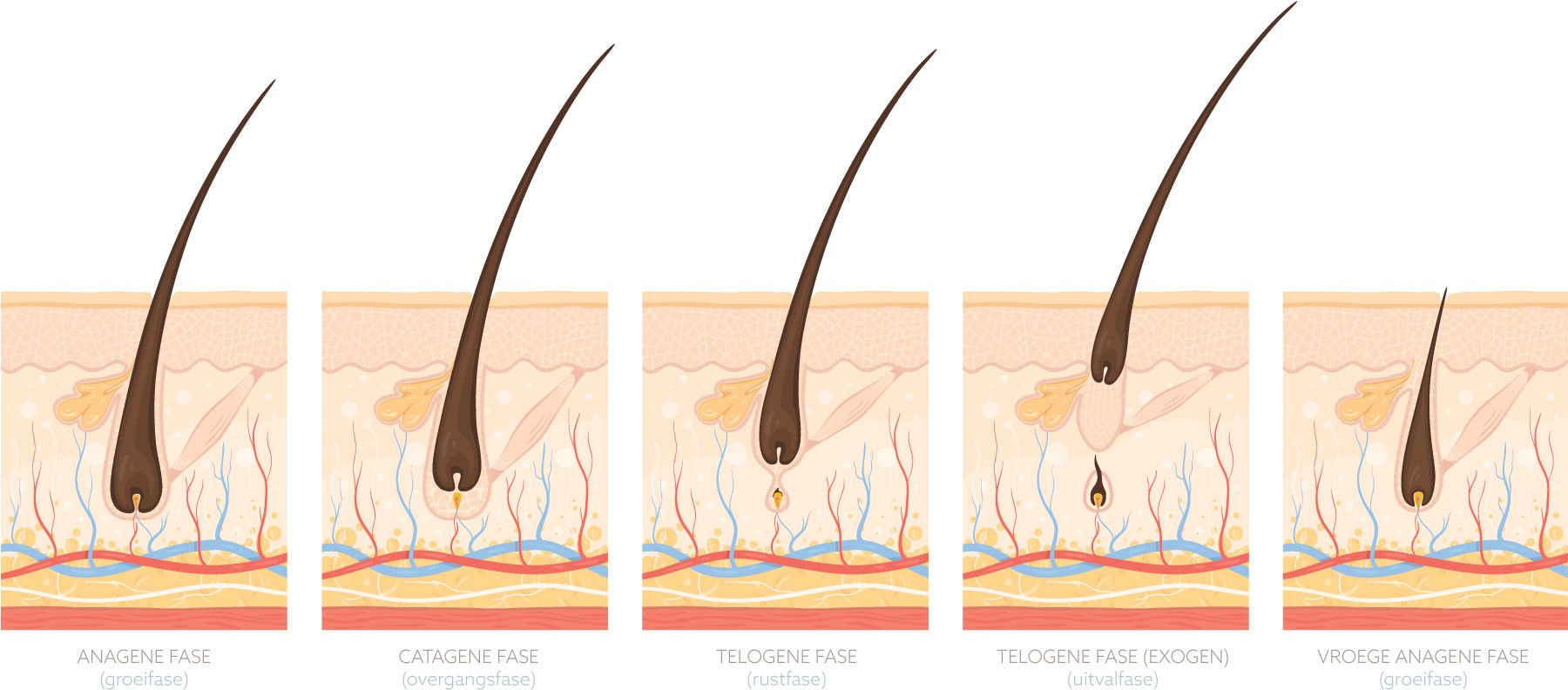
Anagen phase, catagen phase en telogen phase
During electrolysis treatment, only the hair that is in the anagen phase can be effectively treated and permanently removed. This is because only in this phase is the hair follicle fully developed and the electric current can effectively destroy the hair root. Hairs that are in the catagen or telogen phase are not fully developed and cannot be treated effectively.
Since only part of the hair is in the anagen phase at any given time, multiple electrolysis treatments are required to treat all hair follicles in the anagen phase. The number of treatments needed may vary depending on individual needs and the location of the hair, but on average, about 8-12 treatments are needed to remove all the hair in each area.
In short, multiple treatments are necessary with electrolysis because not all hairs are in the anagen phase at the same time and only hairs in this phase can be effectively treated and permanently removed. It is important to consult a professional and experienced electrolysis specialist to create an individual treatment plan that meets your specific needs.
How long should I wait between sessions?
You can choose between a quick course of 4 weeks between sessions (but this will involve fewer hairs treated per session). Our electrologists recommend a course with 6 weeks between each treatment for the best balance of overall time and cost efficiency.
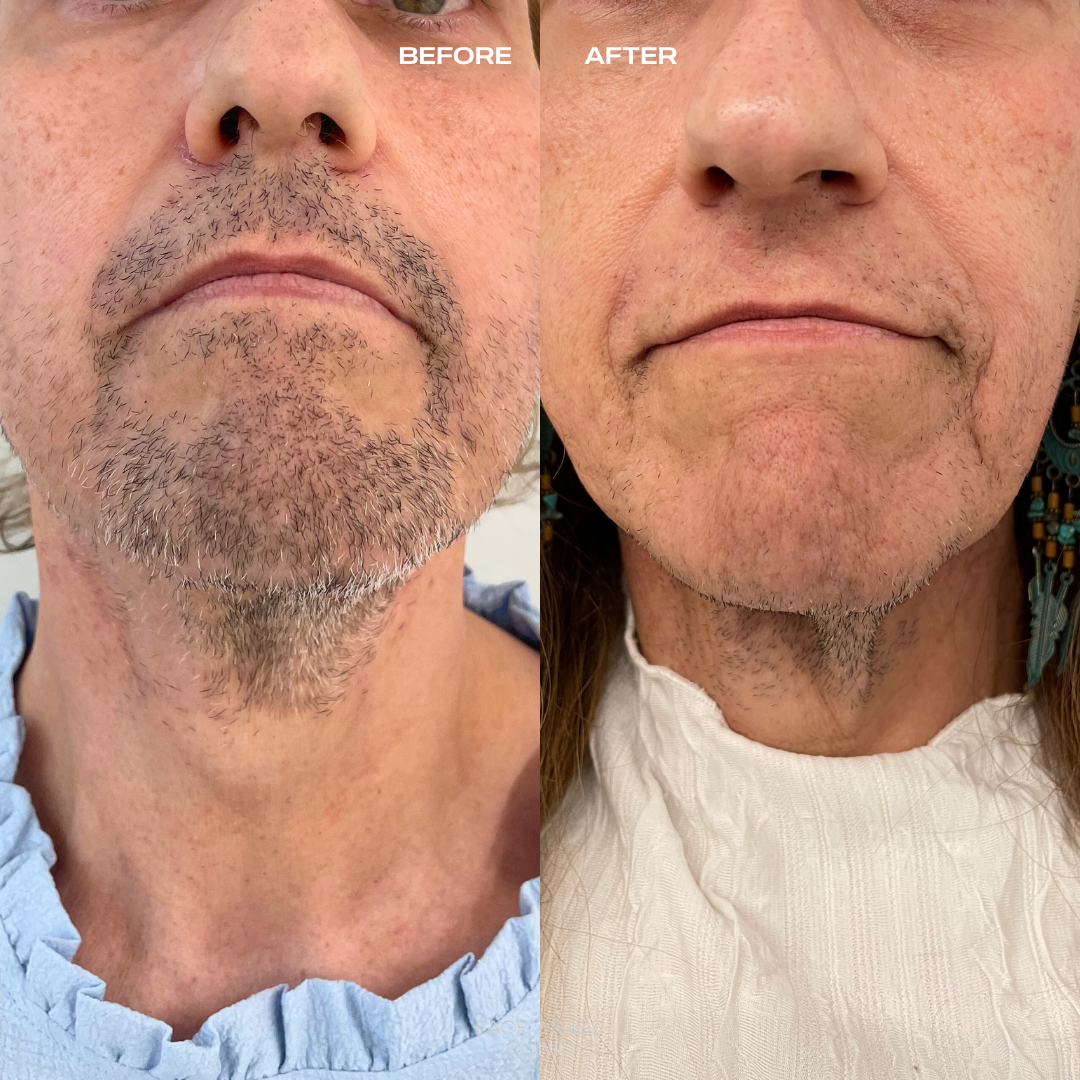 Result after 6 electrolysis treatments
Result after 6 electrolysis treatments
What skin reaction can I expect after electrolysis treatment?
After electrolysis treatment, the skin may show some redness, swelling and irritation. This is a normal reaction and usually disappears within a few hours to a few days after treatment. Other possible reactions include:
- Itchy skin: some people may experience itchy skin after the treatment. This can be relieved with a cold compress or by using a cream recommended by your electrologist.
- Pain and sensitivity: some people may experience mild to moderate pain and sensitivity after treatment. This can be relieved with a cold compress or by using painkillers.
- Crusting: sometimes a small scab may appear on the treated areas. This is normal and should disappear within a few days.
- Discoloration of the skin: in some cases, temporary discoloration of the skin may occur after treatment. This usually occurs in people with darker skin. The discoloration usually disappears after a few days to a few weeks.

What does it cost and how do I book?
Contact form
Discover our
combined
treatments
Did you know you can combine your Facial Feminization Surgery with a breast augmentation? Contact us for more information!
First and foremost, I would like to thank Dr. O. Beckers for the wonderful outcome. I am extremely satisfied with the collaboration with Face2Face Clinic! I felt very comfortable and received excellent guidance. I can definitely recommend Face2Face!
Jade van de WielFacial Feminization Surgery



